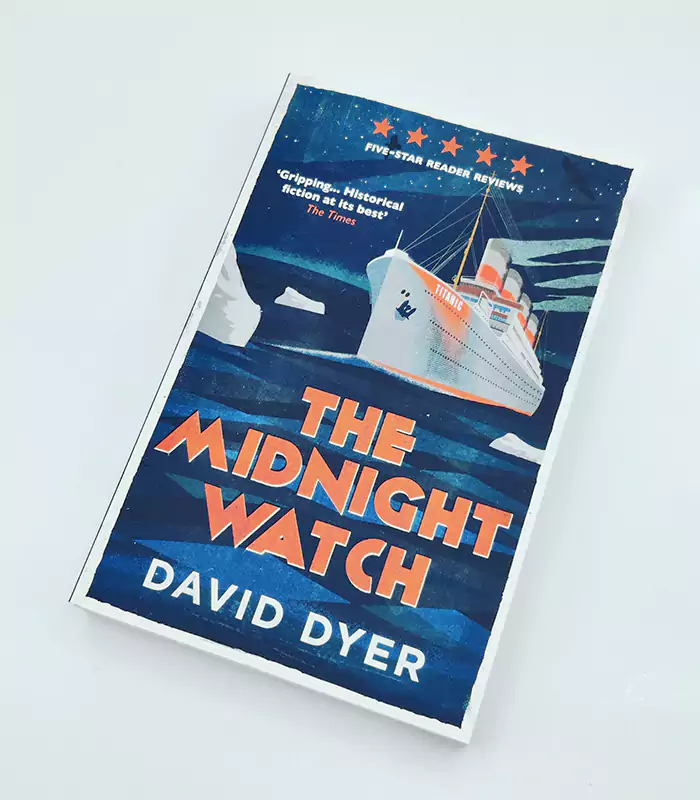AT QUEENSTOWN | COBH, CORK HARBOUR

John Pilkington and Henry Wilsonmin 1845 founded White Star Line in Liverpool to cater to the massive influx of migrants to Australia following the discovery of gold. The founding of the line of steamships bearing this name in 1870 was hailed as a watershed moment in ocean steamship management. The line’s ships were distinctive from their predecessors in terms of model, internal layout, and equipment. They were created to combine tremendous speed with exceptional passenger comfort and convenience. In 1871 White Star began its North Atlantic run between Liverpool and New York, featuring Queenstown (Cobh) as a regular Port of Call.
Messrs, James Scott and Company were in charge of the company’s activities in Queenstown. Their Queenstown building was located on the waterfront. They supervised the transfers of passengers and mail to White Star Line vessels as official representatives for the company. On April 11, 1912, 123 passengers gathered at the White Star Line building before being taken out to the White Star Line Titanic, which was embarking on her first and final journey.
The White Star Line Offices remain a landmark building in Cobh to this day. Externally the building retains all its original architectural features. From Casement Square, in the centre of Cobh town, the building is accessed with steps leading up from the street reflective of a Piano Nobile design with the main reception rooms now home to Titanic Experience Cobh, a dedicated visitor experience retracing the footsteps of Titanic’s Queenstown passengers. The building’s exterior is five bays wide with a wide, arched entryway providing access inside the structure in the centre bay. A shallow-hipped roof projects above.

The harbour offers the best view of the bottom floor and balcony area of the upper piano nobile. The windows on the lower story are arched, as is the central bay above. The lower floor is accessed through a laneway off Casement Square and is now home to a popular restaurant Titanic Bar & Grill. The building is very much a gem within the Architectural Heritage of Cobh, and after years of dereliction, it is wonderful to see it revived and thriving as a focal point of the town.





